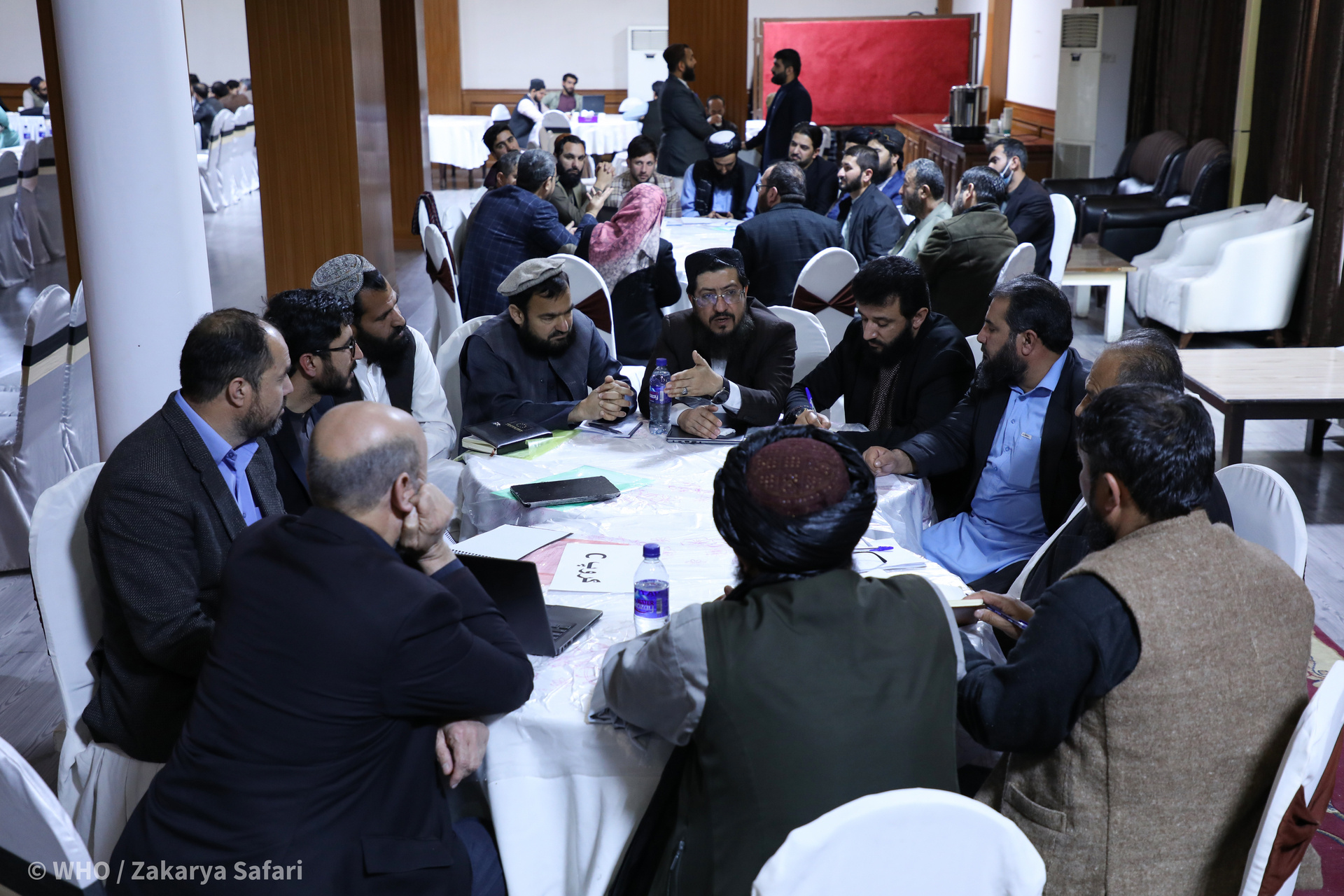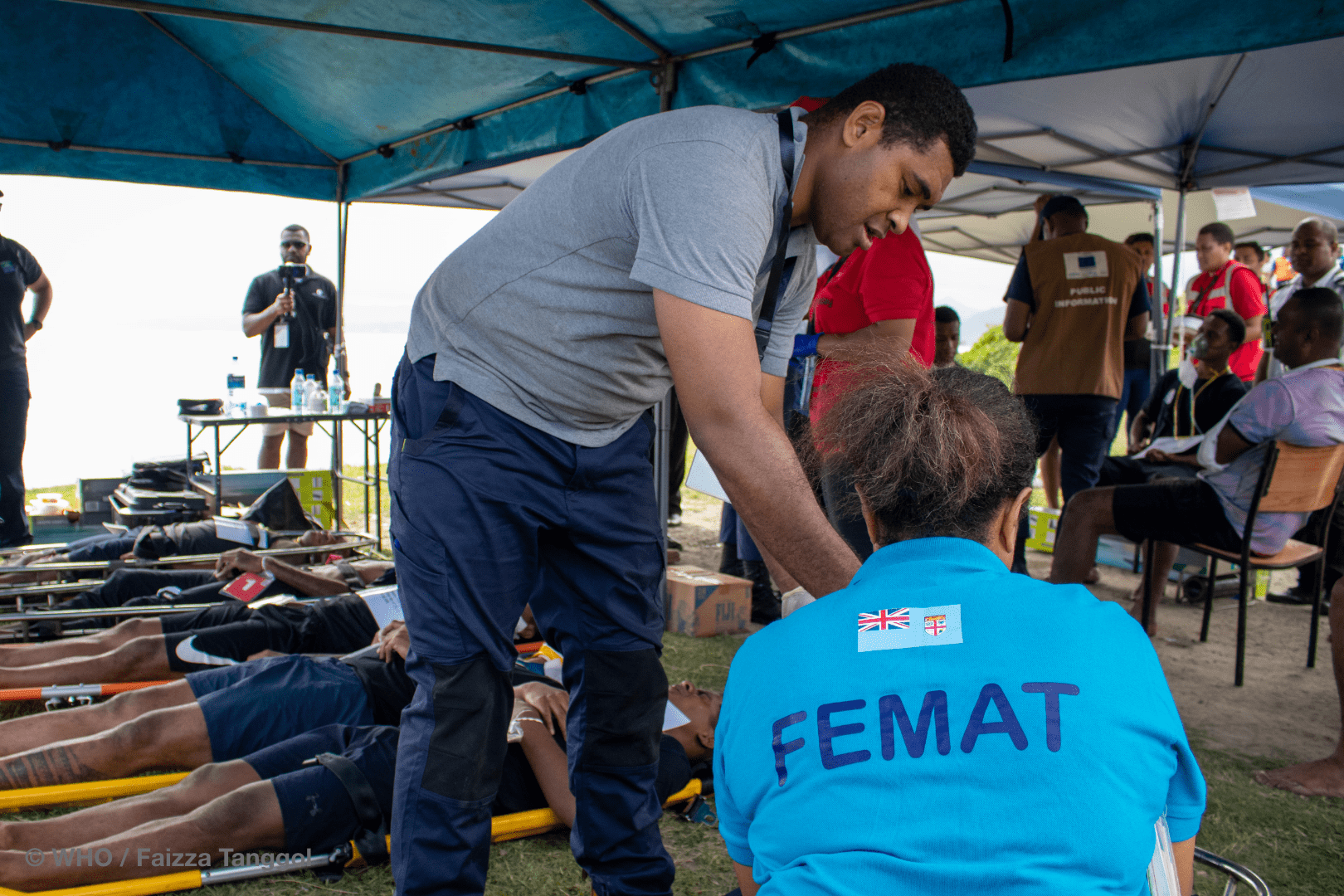SimEx
Simulation Exercise
A simulation exercise (SimEx) can help develop, assess and test functional capabilities of emergency systems, procedures and mechanisms to be able to respond to outbreaks or public health emergencies.
Simex
The video explains in 4 minutes the SimEx practice as promoted by WHO, including the definition, the different types of SimEx (table top exercise, drill, functional exercise and field/full scale exercise) and available resources
| PHE categories | No. of Activities |
|---|---|
| Epidemics and Pandemics | 149 |
| Human induced / Societal | 9 |
| Natural Disaster | 20 |
| Other | 5 |
| Unknown | 33 |
These familiarize participants with, develop, or refine current plans, policies, agreements and procedures.
Table Top exercises (TTX): A Table Top exercise is a facilitated discussion of an emergency situation, generally in an informal, low-stress environment. It is designed to elicit constructive participant discussion, to identify and resolve problems and refine existing operational plans. This is the only type of simulation exercise that does not require an existing response plan in place.

These validate plans, policies, agreements, procedures and system functionality; clarify roles and responsibilities; and identify resource gaps in operational environments.
A drill is a coordinated, supervised exercise activity, normally used to test or train a single specific operation or function in a repeated fashion. A drill aims to practice and perfect one small part of the response plan and should be as realistic as possible, employing any equipment or apparatus for the specific function.
A functional exercise is a fully simulated interactive exercise that tests the capability of an organization to respond to a simulated event. The exercise tests multiple functions of the organization’s operational plan. It is a coordinated response to a situation in a time pressured, realistic situation. A functional exercise focuses on the coordination, integration, and interaction of an organization’s policies, procedures, roles and responsibilities before, during, or after the simulated event.
A full-scale exercise simulates a real event as closely as possible and is designed to evaluate the operational capability of emergency management systems in a highly stressful environment, simulating actual response conditions. This includes the mobilization and movement of emergency personnel, equipment and resources. Ideally, the full-scale exercise should test and evaluate most functions of the emergency management plan or operational plan. Differing from the FX, a full-scale exercise typically involves multiple agencies and participants physically deployed in an exercise field location.
